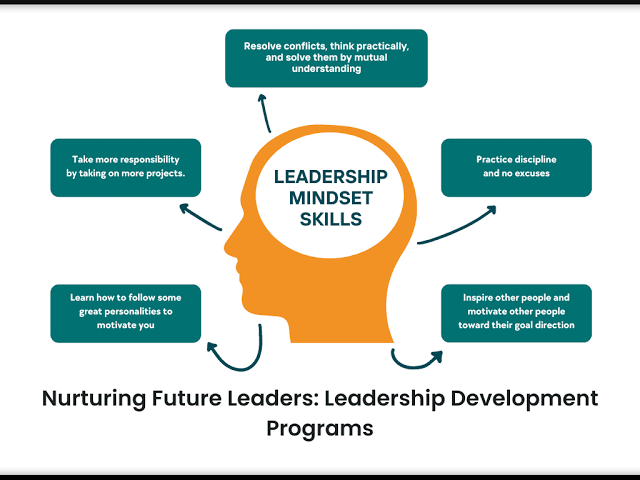As of July 2025, Canada has launched a new national plan to support women’s empowerment in many parts of society. This plan builds on earlier efforts but offers a more inclusive and practical way to tackle the challenges women face. It understands that gender equality is not only a social concern but also key to Canada’s economic growth and social well-being.
The strategy places a stronger emphasis on economic independence, leadership representation, safety, health access, and support for marginalized groups such as Indigenous women, women of color, newcomers, and those in rural and remote communities. It is designed not only to elevate women’s participation in public and private life but also to transform systems that perpetuate inequality.
Economic Empowerment Through Equity and Opportunity
One of the central pillars of Canada’s 2025 women’s empowerment strategy is economic participation. Women, especially racialized and Indigenous women, still face wage gaps, limited advancement opportunities, and underrepresentation in high-paying sectors such as technology and finance. The new plan includes expanded funding for skills training programs tailored to women, particularly in STEM fields and skilled trades.
The federal government has also strengthened employment equity legislation and introduced new wage transparency rules requiring employers to disclose gender-disaggregated salary data. Additionally, small and medium-sized businesses owned by women now benefit from enhanced access to capital through the Women’s Entrepreneurship Loan Fund, with partnerships formed between government and private banks to reduce financing barriers.
The strategy also supports paid internship programs for women re-entering the workforce after maternity or caregiving leave, helping them upskill and transition into high-demand roles with sustainable income and career growth potential.
Increasing Women’s Leadership and Political Representation
The 2025 plan prioritizes boosting women’s representation in leadership roles—both in politics and corporate settings. Although strides have been made, women still account for less than 40% of seats in Parliament and even fewer boardroom positions in major corporations.
To address this gap, the strategy introduces incentives for political parties and corporations that achieve gender parity in leadership. Public funding for parties is now partially tied to the gender balance of their candidate rosters, and a new federal agency, the Council for Women in Leadership, was established to monitor and promote equality in corporate governance.
Leadership training initiatives, mentorship networks, and scholarships for women pursuing public administration and business degrees have also been expanded to create a strong pipeline of female leaders across all sectors.
Prioritizing Women’s Health and Wellbeing
Health equity is a key concern addressed in the 2025 strategy. The plan ensures that women’s unique healthcare needs are recognized and adequately funded within Canada’s public health system. It acknowledges that many women, particularly in underserved areas, experience difficulty accessing timely reproductive health services, mental health support, and culturally competent care.
The strategy increases investments in women’s health research, particularly in areas historically neglected such as endometriosis, maternal mental health, and perimenopausal care. Telehealth access has been expanded to ensure women in remote and Indigenous communities can consult specialists without the barrier of distance.
Moreover, menstrual products have now been classified as essential healthcare items and are freely distributed in all federally regulated workplaces and educational institutions, reducing period poverty and promoting dignity.
Combatting Gender-Based Violence
A significant component of the new strategy is dedicated to preventing and addressing gender-based violence. Despite years of activism and awareness, rates of violence against women, particularly Indigenous women and girls, remain unacceptably high.
The federal government has introduced mandatory training for law enforcement, healthcare workers, and social service providers to better identify and respond to signs of abuse. A new national database tracks missing and murdered Indigenous women, offering improved transparency and coordination among agencies.
Emergency shelters and transitional housing units for survivors have also been significantly expanded, particularly in rural and northern communities. Furthermore, a new public education campaign aims to combat toxic masculinity and promote healthy, respectful relationships among young Canadians.
Supporting Marginalized and Underserved Women
One of the most important shifts in the 2025 strategy is its commitment to intersectionality. It explicitly recognizes that women are not a monolithic group and that different communities face unique challenges. This includes Indigenous women, Black women, women with disabilities, LGBTQ2S+ individuals, immigrants, and women living in poverty.
New funding streams have been created to support grassroots organizations led by and for marginalized women. These groups play an essential role in delivering culturally appropriate services, advocating for systemic change, and offering direct support where it’s needed most.
Additionally, the strategy includes immigration policy adjustments to better protect refugee and asylum-seeking women who have experienced gender-based violence in their home countries, offering them pathways to permanent residency and social integration.
Education and Media Representation
Education reform is another critical element of Canada’s plan for women’s empowerment. The government has introduced new gender studies and human rights curriculum components into primary and secondary schools, aiming to educate young Canadians about gender equity, consent, and respect from an early age.
Efforts are also being made to challenge harmful stereotypes in media and advertising. The Canadian Radio-television and Telecommunications Commission (CRTC) now has guidelines in place to promote positive and diverse representations of women in all forms of media. Grants are also being offered to support women filmmakers, journalists, and creators who are working to amplify underrepresented voices.
Accountability, Evaluation, and Ongoing Engagement
To ensure this strategy is more than a symbolic gesture, Canada has established a Women’s Empowerment Advisory Council, comprising leaders from Indigenous communities, academia, business, and civil society. This body will evaluate policy impacts annually and make recommendations for adjustments and improvements.
All federal departments must now submit gender-based budget analyses and progress reports as part of their annual reviews. The goal is to embed gender equity into the foundation of governance and program delivery, rather than treating it as an isolated concern.
The strategy also includes a commitment to ongoing public consultation, recognizing that women’s needs and experiences evolve. Continuous feedback loops with community stakeholders ensure that policy remains responsive, practical, and grounded in lived realities.
Conclusion
Canada’s new strategy for women’s empowerment, as of July 2025, represents a comprehensive and holistic effort to tackle gender inequality on every front. With dedicated policies addressing economic participation, leadership, health, safety, and representation, the strategy moves beyond rhetoric and into meaningful, measurable action.
By investing in women—across all communities and backgrounds—Canada is not only advancing social justice but also strengthening its economic and democratic fabric. Empowering women is no longer viewed solely as a moral obligation; it is a strategic priority essential for building a fairer, more resilient, and prosperous nation for all.



